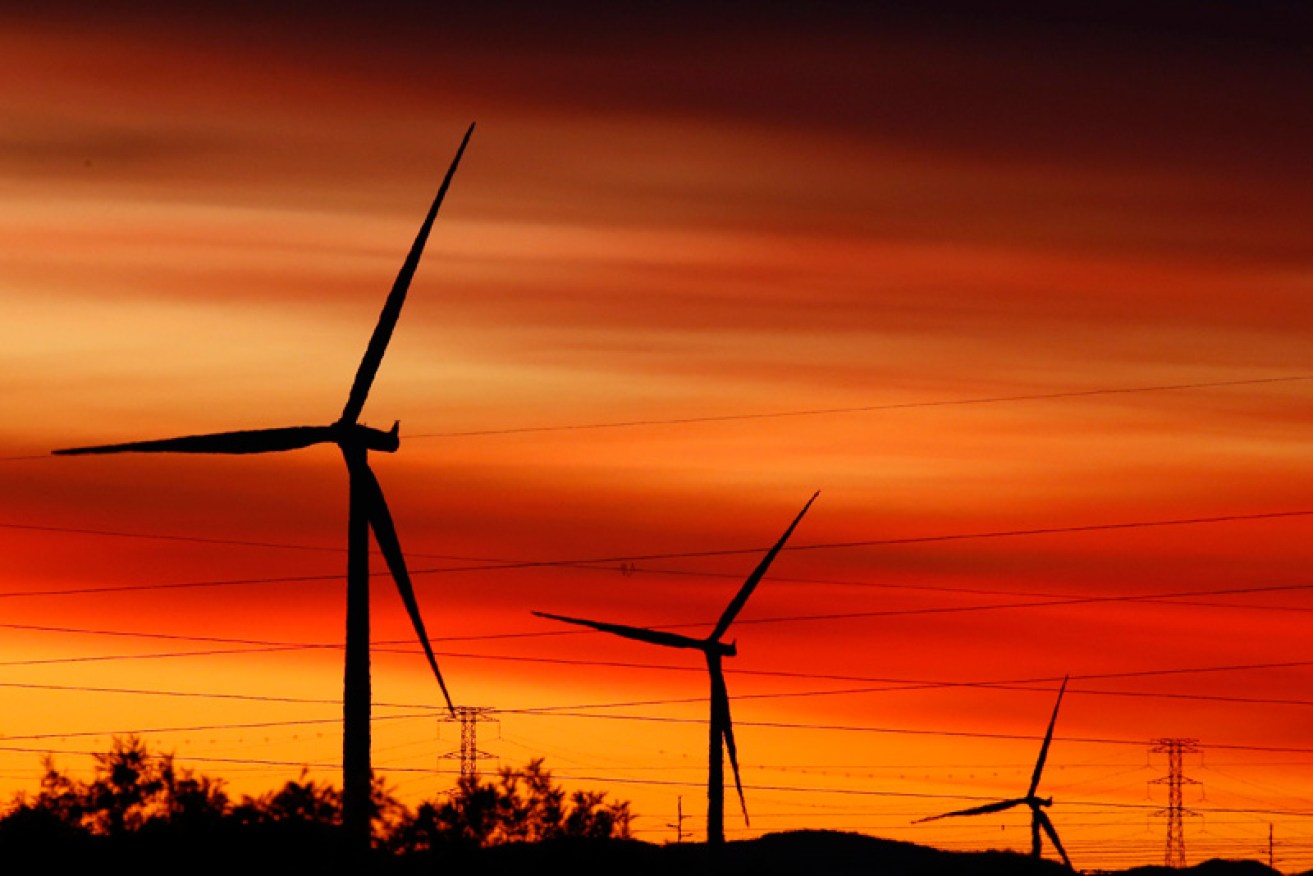Michael Pascoe: How renewables are driving the economy


Renewable energy construction increased by more than $9 billion over the three years to 2020. Photo: Getty
Don’t tell the coal-huggers, but Australia’s investment in renewable energy is keeping our economic growth ticking over.
Industry research company Macromonitor has found the $9 billion increase in renewable energy construction over the three years to 2019-2020 has been greater than the growth in road, rail or other infrastructure.
There are more total dollars in transport construction, but what provides GDP growth is the increase in investment.
When the count for the past financial year comes in in September, it will show the weakest GDP growth since 1992.
It turns out renewable energy construction has played, and is playing, a major role in stopping the economy going backwards.
As a media release from Macromonitor economist Natalie Keogh put it: “The extraordinary boom in the renewables sector is currently the largest contributor to overall growth in construction in Australia.
“Solar projects, in particular, combined with wind and storage projects, are driving solid growth in overall utilities sector construction, despite falling levels of work on the NBN and weak activity in water, gas and the non-renewable segments of electricity.”
While renewable energy construction increased by more than $9 billion over the three years, the report estimates road construction increased by $3 billion, rail construction by $6 billion and commercial building by $8 billion.


“New renewables projects continue to be committed, even though we already have enough capacity in train to more than meet the 2020 renewable energy target,” Ms Keogh says.
“This means projects are now being driven by their own commercial viability, with some additional stimulus coming from state government schemes.”
Macromonitor doesn’t expect this phase of the renewables boom to last, instead forecasting a sharp downturn in renewable energy investment after this financial year, while road and rail activity continues to rise.
“Renewable energy investment will be permanently higher than in the past, but it will experience investment cycles just like most other asset types,” says Ms Keogh.
Macromonitor reckons the next boom phase of renewables investment will be in energy storage in the middle of the next decade. An oversupply of renewables generation will discourage other projects.
Meanwhile, Macromonitor sees weakness in other areas of utilities construction.
Telecommunications – the NBN – has passed its peak and is in decline.
Other types of utilities infrastructure, including water and waste water, electricity transmission and distribution, operate on a 25-to-30-year upgrading and renewal cycle.
They reached a long-run peak from 2008 to 2013.
The report says the main area of medium-term optimism is the gas pipelines sector benefitting from an upturn in investment beginning in 2020-21.
What’s notable about Macromonitor’s forecast for electricity generation construction out to 2028 is what’s not there: Coal.








